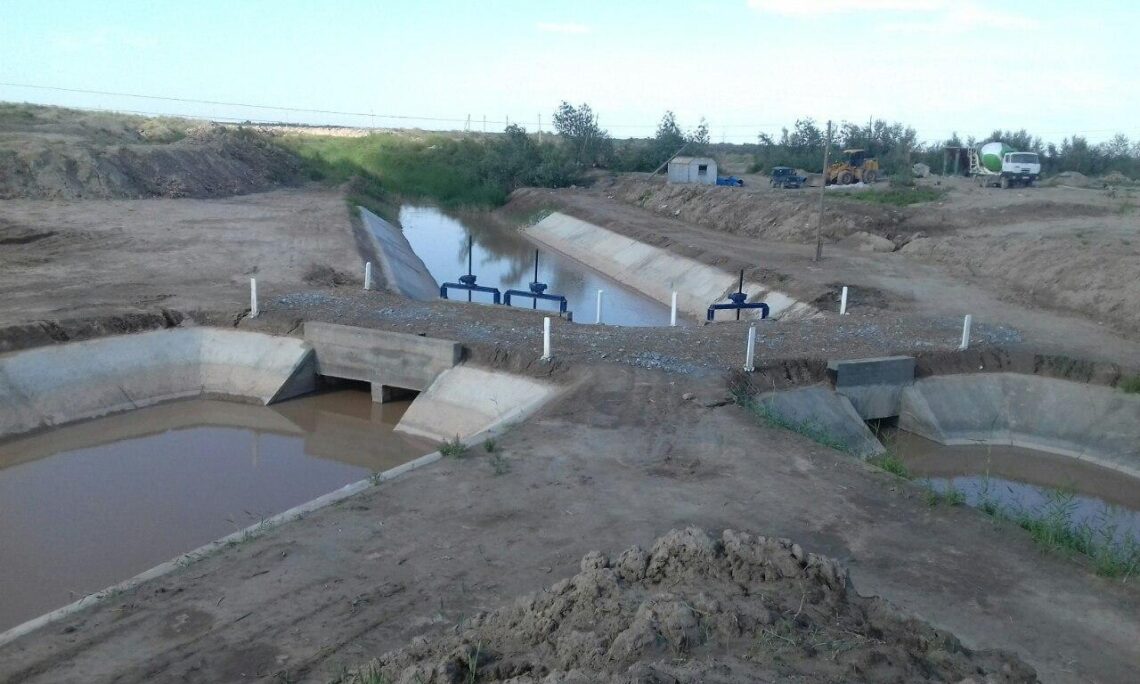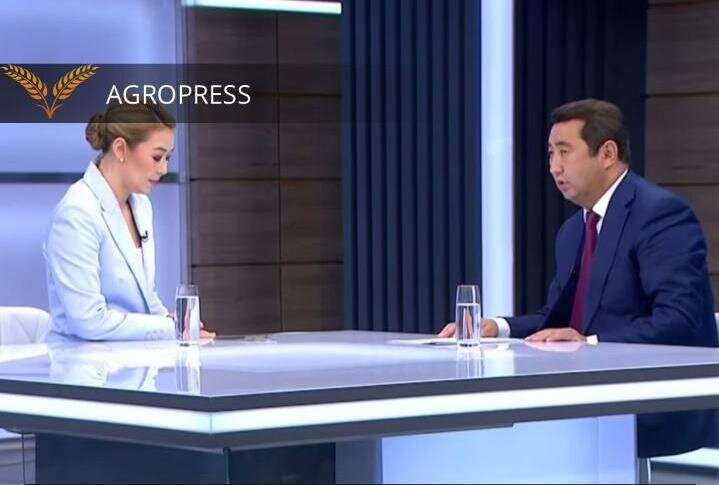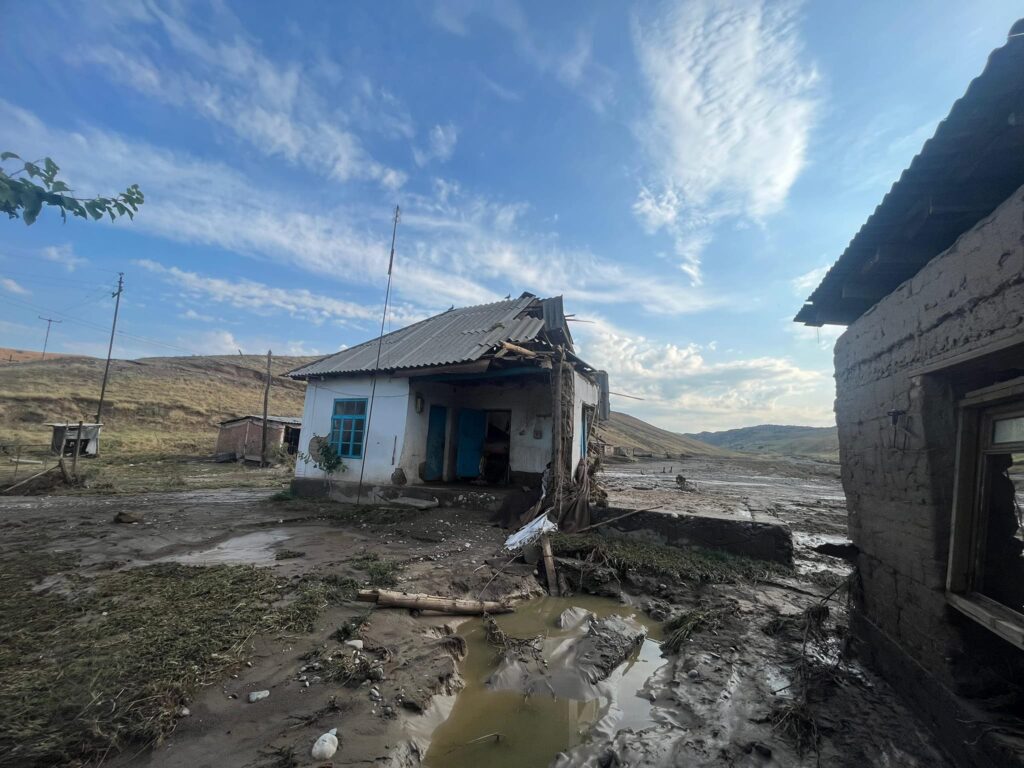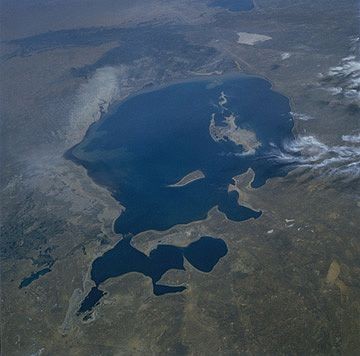Uzbekistan’s President, Shavkat Mirziyoyev, led a government session last week focused on strategies for the efficient utilization of water resources. Discussions highlighted that 20% of Uzbekistan’s water resources originate within the country, while the rest is sourced from neighboring territories. Ongoing climate shifts are progressively diminishing these water sources, with forecasts projecting potential water deficits of up to 15 billion cubic meters in Uzbekistan by 2030.
Despite these challenges, there’s notable inefficiency in water usage. A staggering 90% of Uzbekistan’s water resources are allocated to agricultural purposes. For instance, irrigating a single hectare of cotton fields consumes 10-11 thousand cubic meters of water yearly, whereas countries with similar climates and soil profiles use 2-3 times less water.
The annual expenditure on water management in Uzbekistan amounts to approximately $1 billion, making it the fourth-largest recipient of budget allocations following education, healthcare, and agriculture. Regrettably, due to flawed calculations and persisting outdated methodologies in water resource management, the desired efficacy isn’t realized.
The president emphasized that the upcoming year will be a transitional phase, shifting toward an emergency mode to conserve water. A primary goal is the concrete lining of canals and ditches. It’s estimated that about 14 billion cubic meters, or 36%, are lost annually in natural irrigation systems without yielding any economic benefit. Most significant losses are observed in regions like the Republic of Karakalpakstan, Namangan, Navoi, Khorezm, and Bukhara.
The water sector has declared a pivotal year for canal concreting, aiming to concrete 1,500 kilometers next year—four times more than in 2023. By 2025, the target is to concrete at least 2,000 kilometers of canals.
Another crucial objective is the adoption of water-saving technologies. Uzbekistan, with 4.3 million hectares under irrigation, has introduced water-saving technologies in 30% of these areas. In these clusters and farms, efficiency gains of 30-40% in water usage alongside increased productivity have been achieved.









